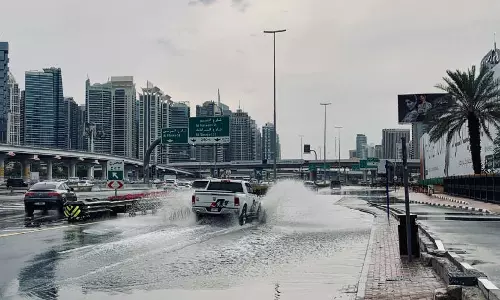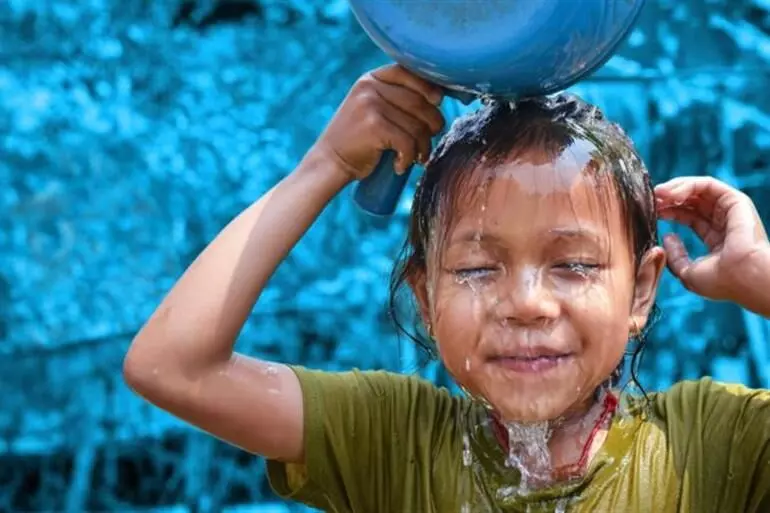
Heat waves impact 92 mn kids in Europe, Central Asia: Unicef
text_fieldsGeneva: A staggering 92 million children in Europe and Central Asia, comprising half of the region's young population, face heightened exposure to the frequent heat waves, twice the global average, Unicef said in a new policy brief published on Thursday.
Countries in these parts of the world are feeling the heat of the climate crisis, and children's health and well-being are suffering the most, Xinhua news agency quoted Regina De Dominicis, the Unicef regional director for Europe and Central Asia, as saying in the brief.
"This is expected to rise to all children in 2050. The multitude of negative implications on the current and future health of such a significant proportion of the region's children must be a catalyst for governments to urgently invest in mitigation and adaptation measures," she said.
The brief highlights that children are exceptionally susceptible to the repercussions of heat waves, with their core temperatures rising significantly higher and faster than adults, placing them at serious risk of illnesses, including heatstroke.
Furthermore, heat waves also affect children's education by hampering their ability to concentrate and learn, said the report.
In recent years, heat waves in Europe and Central Asia have become more frequent with no signs of abating, and the frequency is set to increase even further over the coming years.
Under the most conservative estimates of a global temperature increase at 1.7 degrees Celsius, the report warned that a concerning future awaits children in Europe and Central Asia.
By the year 2050, every child in the region is predicted to experience high heat wave frequency.
Disturbingly, approximately 81 per cent of these children will be subjected to prolonged periods of intense heat waves, while 28 per cent will encounter even more severe heatwave conditions, according to the brief.
To protect children, Unicef has outlined six recommendations for governments across Europe and Central Asia, including incorporating heatwave mitigation and adaptation into climate-related commitments, disaster risk reduction, disaster risk management policies, and keeping children at the centre of all plans.
Governments should also invest in primary health care to support prevention, early action, diagnosis, and treatment of heat-related illness among children, including training community health workers and teachers, the UN agency said.
They can further invest in national climate early warning systems, carry out local environmental assessments, and support emergency preparedness and resilience-building initiatives, it added.
 Also Read: Decoding why cognitive functions decline with age
Also Read: Decoding why cognitive functions decline with age























